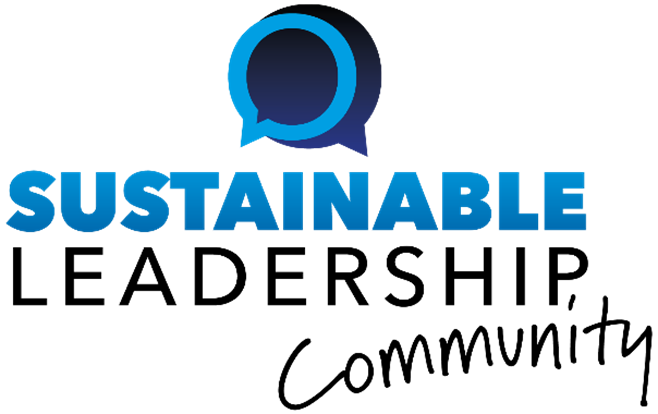KEY CONCEPT
New survey research lays the framework for a new Stewardship Climate Scale that, in one of its first applications, reveals that stewardship is more likely (and more potent) in family firms than in non-family firms.
IDEA SUMMARY
Stewardship describes the deeply felt commitment of managers and employees to the success of the company above their own individual interests. A stewardship climate is one in which stewardship is modeled and rewarded by leaders and shared by employees in the company.
Past research has identified six dimensions of stewardship.
- Intrinsic motivation. In a stewardship climate, employees are intrinsically motivated to work on behalf of the organization.
- Organizational identification. In a stewardship climate, leaders and employees identify with the organization’s mission, vision and objectives.
- Personal power. Rather than depend on power conferred by one’s position, stewards prefer to use personal power built on trust-based interpersonal relations.
- Collectivism. Stewardship promotes the collective good and organizational goals — goals to which individuals identify and are committed.
- Low power distance. Unlike high power distance organizations, in which power is concentrated at the top and hierarchical position confers privileges, low power distance organizations are egalitarian, with members treated equally.
- High involvement orientation. Related to low power distance, members in stewardship climates are involved in decision-making and important organizational processes.
Building on these six dimensions, a team of researchers developed and tested a Stewardship Climate Scale based on these six dimensions. After beginning with 81 measurement items that could describe the six dimensions, the researchers winnowed down the list to three items for each of the dimensions — a total of 18 items.
For example, to measure organizational identification, the Stewardship Climate Scale would ask respondents, “To what extent do the following statements reflect the beliefs of the employees of your company?
- The company’s successes are the employees’ successes.
- When someone praises the company, it feels like a personal compliment.
- Employees feel a sense of ‘ownership’ for this organization rather than just being an employee.”
The team then tested their new scale through surveys from more than 600 respondents in more than 200 companies in the U.S. and Australia. The respondents for each company included one leader and 2-3 lower-level employees or managers. Using statistical analyses software packages, the surveys confirmed the strength of six dimensions in companies with a high stewardship climate. In other words, a stewardship climate model based on these six dimensions fit the data. Furthermore, when separating the respondent companies into family and nonfamily firms, the survey confirmed that family firms were more likely to have a stewardship climate than nonfamily firms. All of these results were confirmed through the same survey collected from 373 employees in 133 Australian companies.
The team then focused its analyses on the relationships between three factors: stewardship climate (as defined by the Stewardship Climate Scale), innovativeness (using a 6-item measurement instrument) and business performance (as defined by a variety of performance indications, including return on sales, return on assets and market share growth).
The analysis revealed that:
- There is no direct link between stewardship climate and business performance.
- There is a link between innovativeness and business performance.
- There is a link between stewardship climate and innovativeness, but only in family firms.
- As a result, there is an indirect link, through innovativeness, between stewardship climate and business performance, but only in family firms.
In short, stewardship climate is 1) more likely to exist in family firms, and 2) more likely to improve the business performance of family firms than nonfamily firms, although through the median of innovativeness.
This example proves that by offering concrete metrics, the Stewardship Climate Scale is a valuable tool for future researchers who wish to study the many potential factors related to stewardship.
BUSINESS APPLICATION
As noted above, academic researchers will be able to use the Stewardship Climate Scale as a tool to research various relationships among potential or confirmed stewardship-related factors.
For business owners and executives — whether in family firms or nonfamily firms — the confirmation of the six dimensions as indicators of stewardship offers a rigorous framework for:
- measuring whether your company’s culture encourages and enables a stewardship mentality (i.e., whether it has instilled a stewardship climate); and
- highlighting areas of improvement for strengthening the company’s stewardship climate.
For example, organizational leaders may not realize the impact of high power distance on employee motivation or firm innovation. Family members may assume that they are entitled to make all of the important decisions or monopolize the important tasks. The Stewardship Climate Scale measurement items related to power distance are revealing. If a survey team asked your employees the following three questions, how would they respond?
- Managers make most decisions without consulting subordinates.
- Managers frequently use authority and power when dealing with subordinates.
- Managers do not delegate important tasks to employees.
If your employees are likely to respond affirmatively to these statements, you may have discovered one of the underlying reasons for your firm’s lack of innovation.
And this is just one measure.
REFERENCES
Stewardship Climate Scale: An Assessment of Reliability and Validity. Donald O. Neubaum, Christopher H. Thomas, Clay Dibrell & Justin B. Craig. Family Business Review (January 2017).











